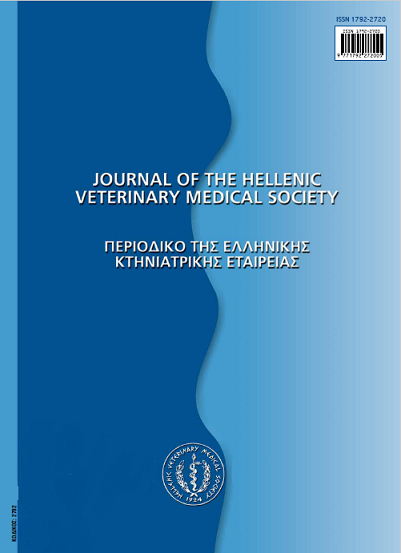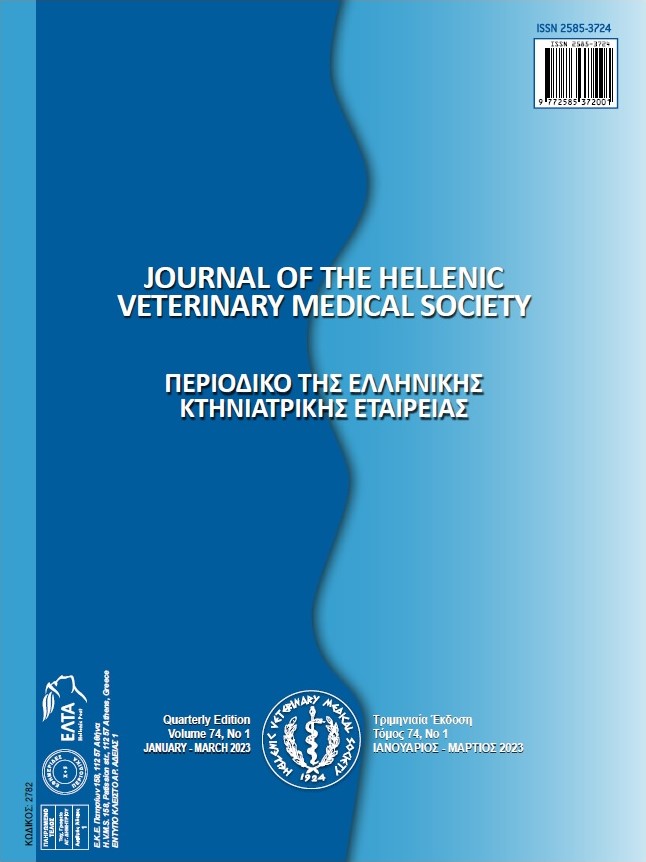Aflatoxin M1 in Nili-ravi buffaloes and its detoxification using organic and inorganic toxin binders

Abstract
The present study had two objectives: first, to determine the carry over or excretion percentage of aflatoxin B1 (AFBI) in milk in form of aflatoxin M1 (AFM1) and second, to assess the reduction in excretion of AFM1 in milk using different organic and inorganic toxin binders available in Pakistani market. Lactating Nili-Ravi buffaloes (n=16) were randomly selected and were divided into four treatment groups designated as A, B, C and D. In each treatment 500 μg/Kg of aflatoxin B1 (AFB1) was fed along with no sequestering agent added (control); and three toxin binders: Fixar Viva in group B, Mycosorb in group C and T5X in group D. These toxin binders were added at concentration of 0.25% of dry matter intake of animal. It resulted in 2.13% carryover in milk as AFM1. A significant reduction (P<0.05) in dry matter intake, milk production, milk fat and protein percentage was also observed by feeding AFB1. Addition of three toxin binders Mycosorb, Fixar Viva, and T5X at a concentration of 0.25% in ration resulted in 47%, 39%, and 35% reduction in AFM1 secretion respectively. The present study also indicated that percentage carryover of
AFM1 in buffaloes is higher than that reported in lactating cows as well as in goats and Mycosorb is capable of reducing the excretion of AFM1 into milk by improving the dry matter intake, milk production and protein contents. These findings may be applicable in field to reduce AFM1 release in milk of Nili-Ravi buffaloes.
Article Details
- How to Cite
-
NAVEED, S., CHOHAN, K., JABBAR, M., DITTA, Y., AHMED, S., AHMAD, N., & AKHTAR, R. (2018). Aflatoxin M1 in Nili-ravi buffaloes and its detoxification using organic and inorganic toxin binders. Journal of the Hellenic Veterinary Medical Society, 69(1), 873–878. https://doi.org/10.12681/jhvms.16848
- Issue
- Vol. 69 No. 1 (2018)
- Section
- Short Communication

This work is licensed under a Creative Commons Attribution-NonCommercial 4.0 International License.
Authors who publish with this journal agree to the following terms:
· Authors retain copyright and grant the journal right of first publication with the work simultaneously licensed under a Creative Commons Attribution Non-Commercial License that allows others to share the work with an acknowledgement of the work's authorship and initial publication in this journal.
· Authors are able to enter into separate, additional contractual arrangements for the non-exclusive distribution of the journal's published version of the work (e.g. post it to an institutional repository or publish it in a book), with an acknowledgement of its initial publication in this journal.
· Authors are permitted and encouraged to post their work online (preferably in institutional repositories or on their website) prior to and during the submission process, as it can lead to productive exchanges, as well as earlier and greater citation of published work.




